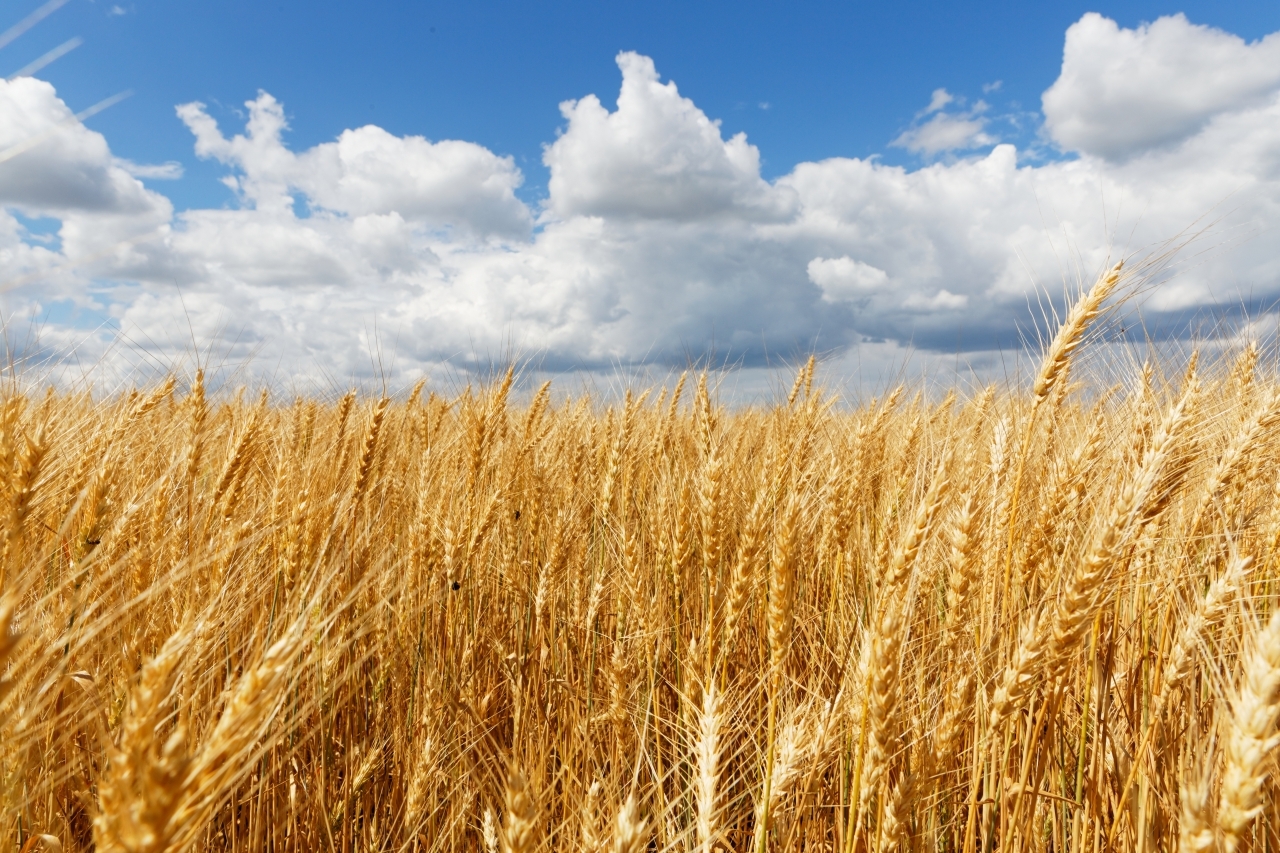From 2016 to 2020, China invested 68.76 billion overall in new agrochemical facilities, capable of producing 653,000 tons of active ingredients, 918,000 tons of intermediates, 531,000 tons of formulations, and 9,700 tons of other products including adjuvants, antidotes, and synergists. As a result of China’s environmental and safety rectification and industrial upgrading, 17.66% and 25.07% of the capital went into northwestern or northern regions, and the East China region has access to 22.83% of the investments, owing to its diverse supply chain, advantageous infrastructure and human resource.
As the top agrochemical production province, Jiangsu had put forward a provincial plan to rectify chemical industry as early as 2007, but the concrete measures were enforced since 2016 aimed to merger and upgrade or cancel the existing chemical industrial park/zone, as well as eliminate chemical factories outside the designated chemical industrial park/zone, which were and especially accelerated after the explosion in March 2019. By the end of October 2020, 14 chemical parks and 15 chemical concentration zones have been designated, but only 50% to 60% of chemical producers have moved in and the rest of producers would be forced to relocate or shut down. As for Shandong , the second-largest producing province, 85 chemical industry parks were announced and 34% of chemical producers were moved in and the number of chemical producers decreased from 6,094 in 2018 to 4,580 in 2020.
Currently, over 20 provinces have enforced similar measures and it has become an unavoidable tendency that chemical producers to relocate to industrial parks. Since China has not yet established environmental protection regulations specific to Yellow River basin, upstream areas have become perfect destinations for migratory producers.
Looking back on the annual investment, the growth in 2019 and 2020 was remarkable, mainly because increasing relocation/investment plans had been announced after the explosion in March 2019, but the substantive follow-ups are yet to be seen.
Year | Value (billion yuan) |
2016 | 3.38 |
2017 | 5.923 |
2018 | 10.923 |
2019 | 16.186 |
2020 | 30.892 |
The northwestern region includes 5 provincial administrative areas, including Shaanxi, Gansu, Mingxia, Qinghai and Xinjiang. Only the first 3 provinces have received an investment of 12.14 million yuan to produce 185,000 tons of intermediate, 82,000 tons of active ingredients and 30,000 tons of formulations annually.
A total investment of 16.51 billion yuan went into Inner Mongolia, accounted for 95.77% of the investment in North China provinces and the total annual capacity added is 183,000 tons of active ingredients, 378,000 tons of intermediates, 100,000 tons of formulations and 7,000 tons of other products.
Despite the transference from East China regions to northwestern regions and North China, 15.7 billion yuan were invested in East China, mainly involves high-end products and technology,which will expand an annual capacity of 188,000 tons of active ingredients, 127,000 tons of intermediates, 210,000 tons of formulations and 500 tons of other products. Jiangsu and Shandong received 45.28% and 40.57% of the investment respectively.
Central China region received a total investment of 8.99 billion yuan, mainly going into Hubei and Jiangxi, accounting for 38.92% and 53.06% of the investment respectively. The expansion included 67,200 tons of active ingredients, 110,900 tons of intermediates, 120,500 tons of formulations and 1,000 tons of other agrochemicals.
6.4 billion yuan were invested in western regions and the major destinations are Sichuan and Chongqing. The total added capacity can produce 84,500 tons of active ingredients, 80,000 tons of intermediates, 65,000 tons of formulations.
Only 2.84 billion yuan went into new facilities in northeastern regions, capable of producing 35500 tons of active ingredients, 16,000 tons of intermediates, and 7,000 tons of formulations.
The most frequently invested active ingredients are:
Insecticide-Chlorantraniliprole, Bifenthrin, Lambda-Cyhalothrin, Emamectin benzoate, Chlorfenapyr, Diafenthiuron, Acetamiprid and Thiamethoxam;
Fungicide-Pyraclostrobin, Difenoconazole, Propiconazole, Epoxiconazole, Fluazinam and Prothioconazole;
Herbicides-Glufosinate, Glyphosate, 2,4-D, Mesotrione, Clethodim, Nicosulfuron, Fomesafen and Mesosulfuron-methyl.
Most of the investments were initiated by listed companies and large private companies, focused largely on the upper reaches of the Yellow River and Yangtze River. The operation of new facilities would face a shortage of skilled human resources. If China enacts new environmental regulations alongside the Yellow River basin, migrated companies might again face hardships of relocation or shutdown.




